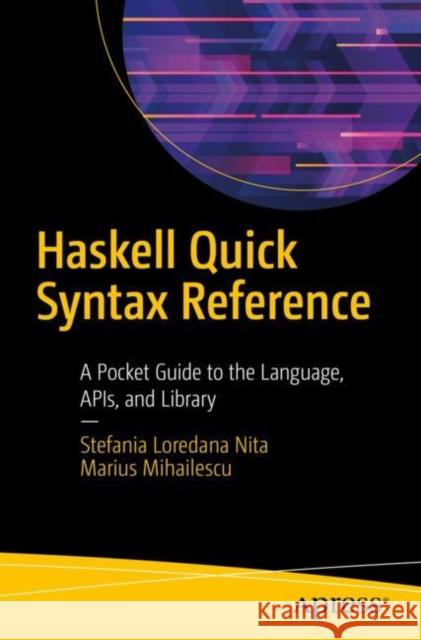Haskell Quick Syntax Reference: A Pocket Guide to the Language, Apis, and Library » książka
topmenu
Haskell Quick Syntax Reference: A Pocket Guide to the Language, Apis, and Library
ISBN-13: 9781484245064 / Angielski / Miękka / 2019 / 207 str.
Kategorie:
Kategorie BISAC:
Wydawca:
Apress
Język:
Angielski
ISBN-13:
9781484245064
Rok wydania:
2019
Ilość stron:
207
Waga:
0.32 kg
Wymiary:
23.39 x 15.6 x 1.22
Oprawa:
Miękka
Wolumenów:
01
Dodatkowe informacje:
Wydanie ilustrowane











